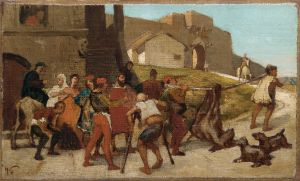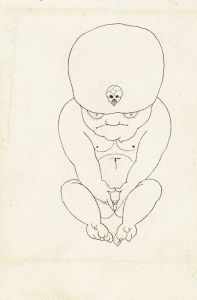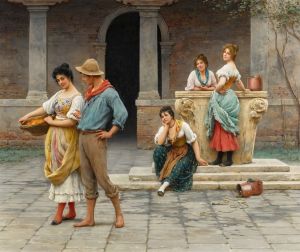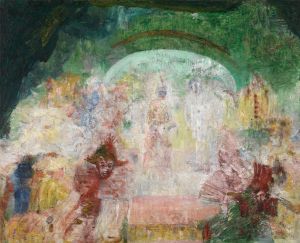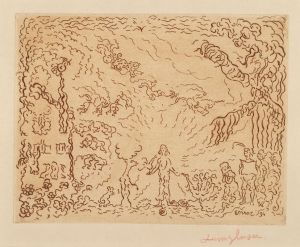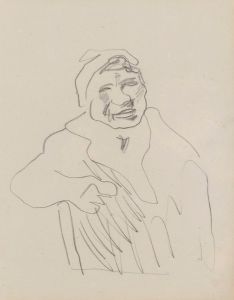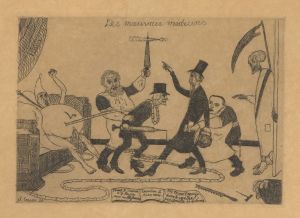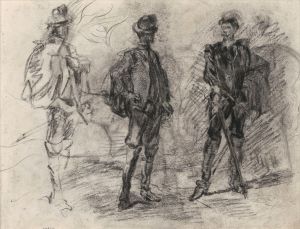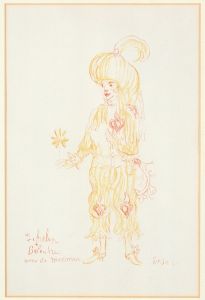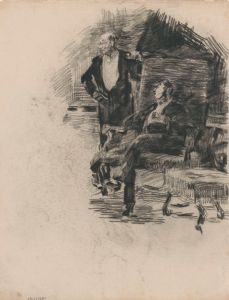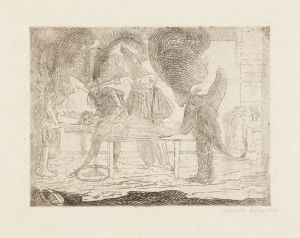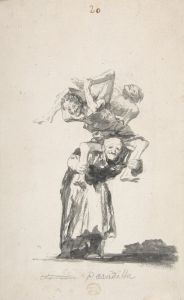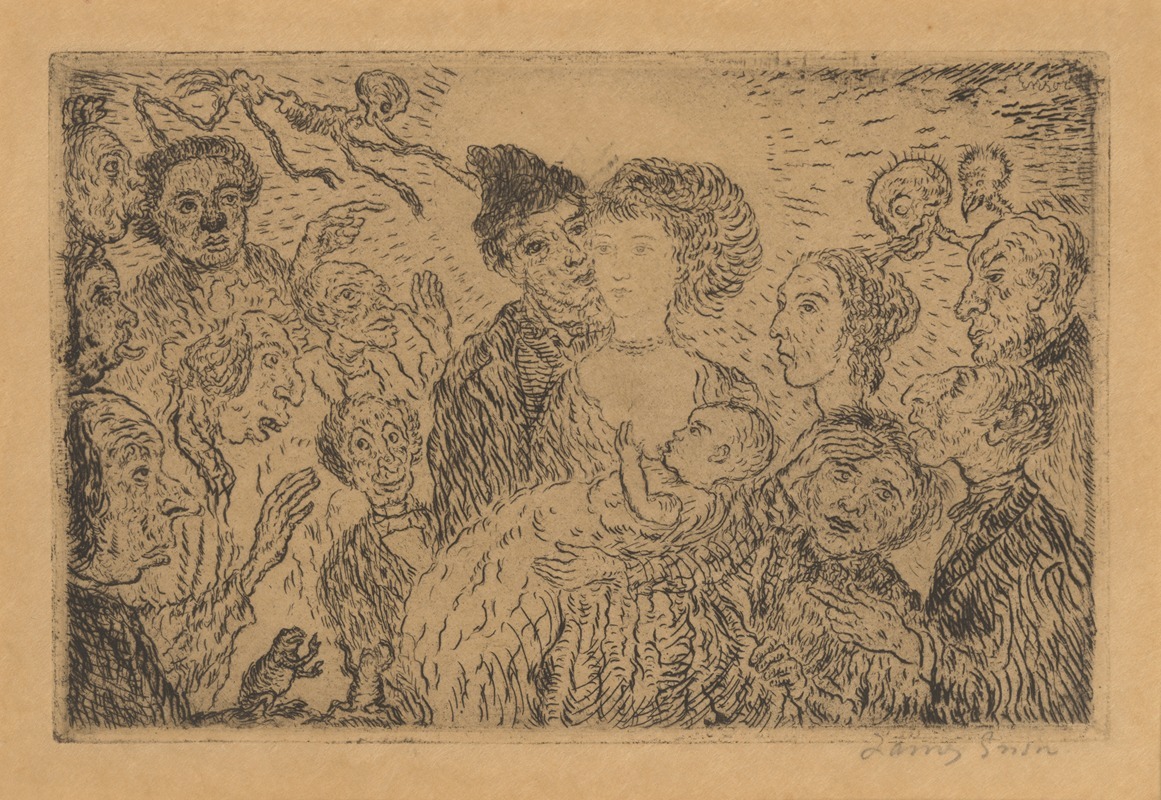
De afgunst
A hand-painted replica of James Ensor’s masterpiece De afgunst, meticulously crafted by professional artists to capture the true essence of the original. Each piece is created with museum-quality canvas and rare mineral pigments, carefully painted by experienced artists with delicate brushstrokes and rich, layered colors to perfectly recreate the texture of the original artwork. Unlike machine-printed reproductions, this hand-painted version brings the painting to life, infused with the artist’s emotions and skill in every stroke. Whether for personal collection or home decoration, it instantly elevates the artistic atmosphere of any space.
James Ensor, a prominent Belgian painter and printmaker, is known for his unique and often provocative works that blend elements of symbolism and expressionism. One of his notable paintings is "De afgunst" (translated as "Envy"), which reflects his distinctive style and thematic interests.
James Ensor was born in 1860 in Ostend, Belgium, and spent most of his life there. His work is characterized by its vivid use of color, grotesque imagery, and satirical undertones. Ensor was a member of the avant-garde group Les XX, which played a significant role in the development of modern art in Belgium. His work often explored themes of death, masks, and the absurdity of human existence.
"De afgunst" is a part of Ensor's exploration of human emotions and societal critiques. Although specific details about the painting's creation and its current location are not widely documented, it is consistent with Ensor's broader body of work, which frequently delves into the darker aspects of human nature. Envy, as a theme, aligns with Ensor's interest in the vices and follies of humanity.
Ensor's paintings are often populated with fantastical and grotesque figures, and "De afgunst" likely features such imagery to convey the destructive nature of envy. His use of masks and skeletons serves as a metaphor for the hidden and often sinister aspects of human behavior. This thematic choice reflects Ensor's critical view of society and his fascination with the macabre.
The artist's technique is notable for its bold use of color and dynamic compositions. Ensor's brushwork and color palette are often described as expressive and vibrant, contributing to the emotional intensity of his paintings. This approach can be seen in "De afgunst," where the visual elements likely enhance the thematic exploration of envy.
Ensor's influence extends beyond his immediate circle and has impacted various art movements, including expressionism and surrealism. His willingness to confront uncomfortable truths and explore the complexities of human emotions has earned him a lasting place in art history. "De afgunst," like many of his works, serves as a testament to his innovative spirit and his ability to capture the multifaceted nature of human experience.
In summary, while specific details about "De afgunst" may be limited, the painting is emblematic of James Ensor's artistic vision. It reflects his interest in the darker sides of human nature and his skill in using visual art to critique and explore complex emotions. Ensor's legacy as a pioneer of modern art is evident in his ability to challenge and engage viewers through works like "De afgunst."





